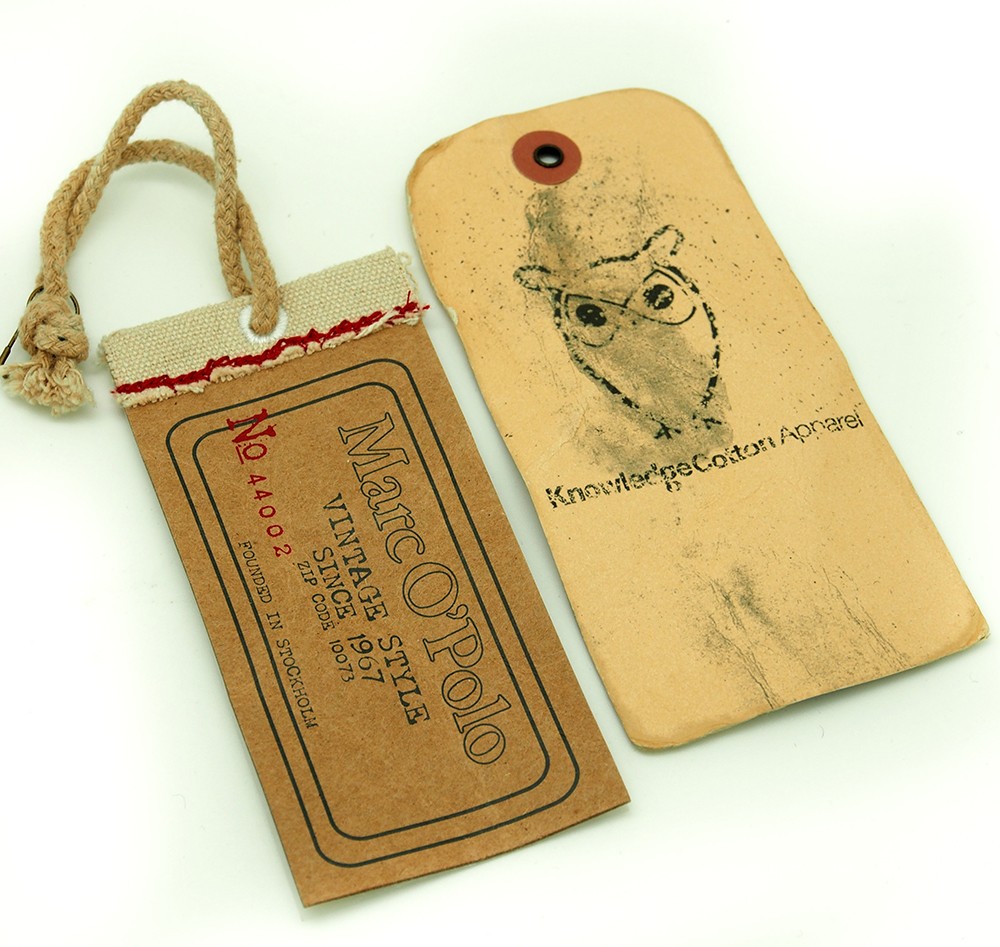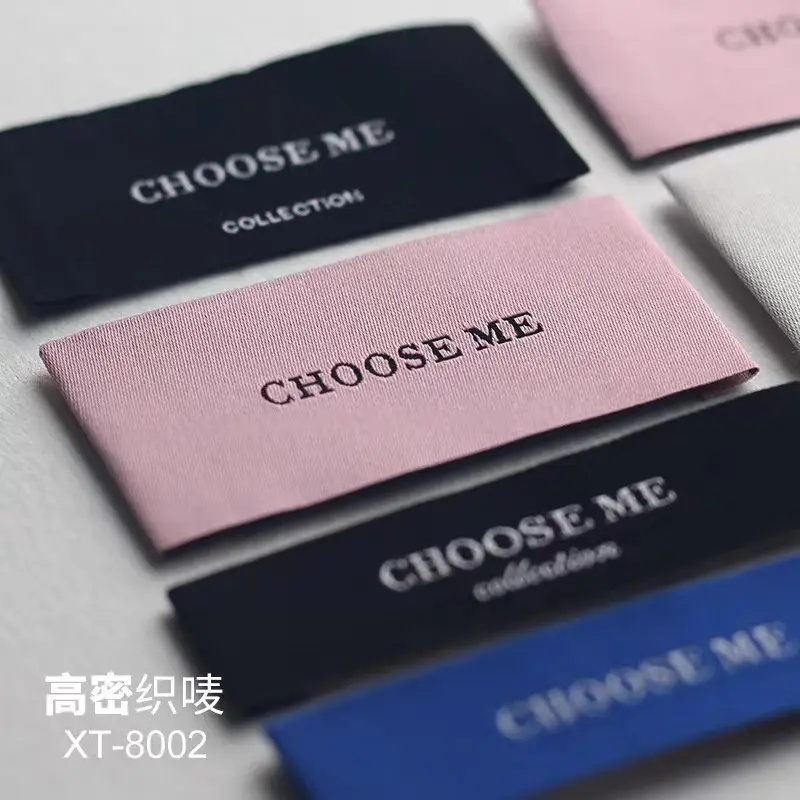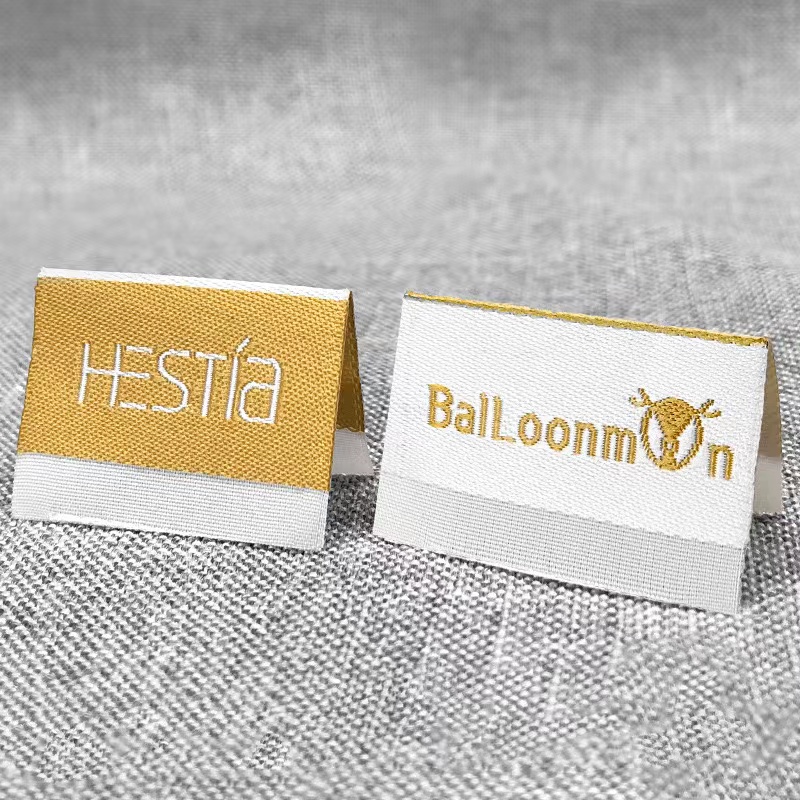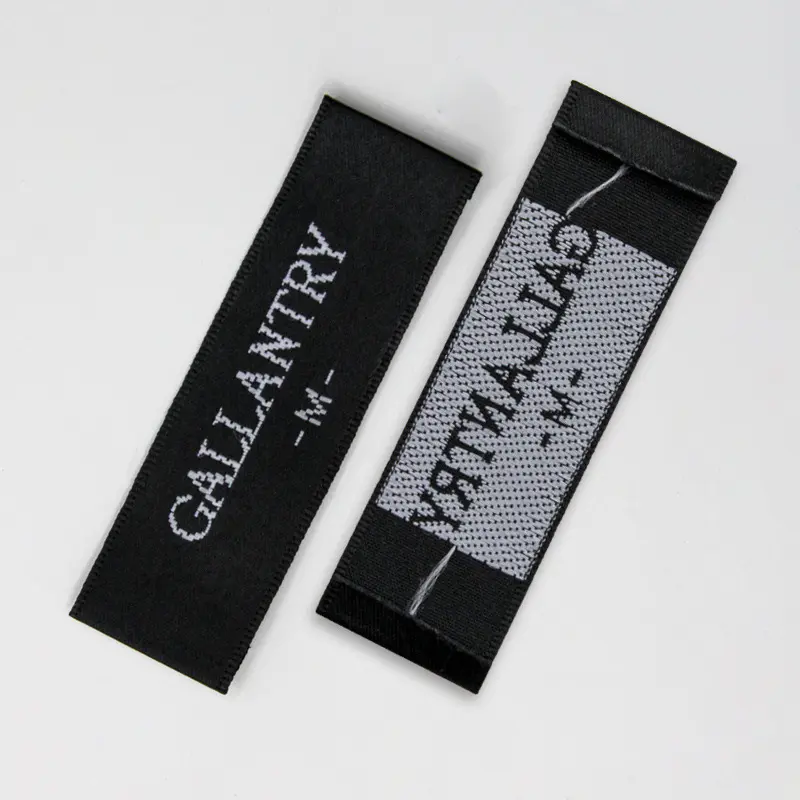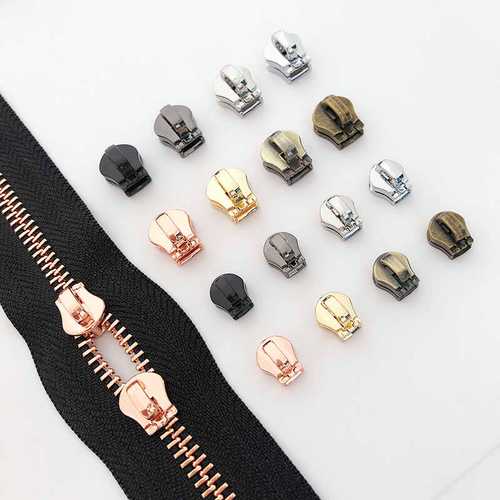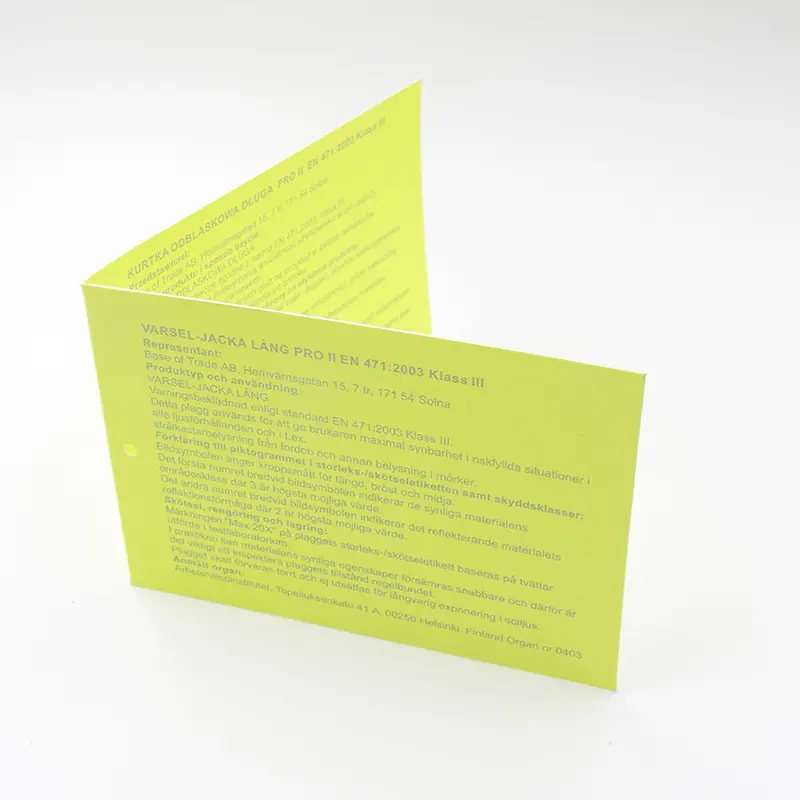What are the standards for clothing hang tags?
Date Time: November 18, 2023
Reading volume: 1405
Clothing hang tags, one of the products in clothing accessories, are also an integral part of branded clothing. The increasingly fierce brand competition has made it gradually important, as the hang tags represent the brand's characteristics and serve as an effective carrier for brand recognition (clothing trademarks). So what are the standards for clothing hang tags? Let's take a look together:
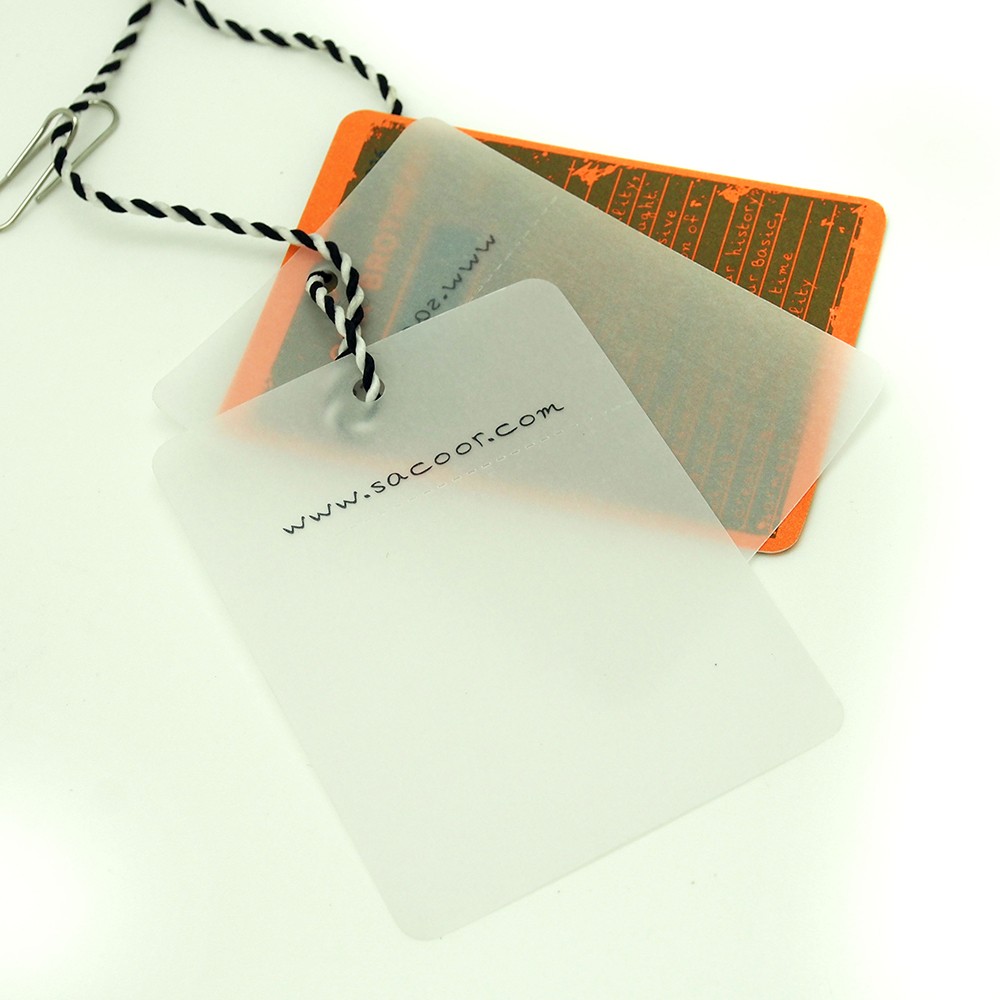
1. The name and address of the manufacturer must be clearly stated, including the registered factory name and address. For imported clothing, only the country of origin can be indicated, but the name and address of the domestic agent must also be provided.
2. The product name should prioritize the use of national standard names, such as "men's suits," etc. If there are no specified standards, names or common names that won't cause misunderstandings should be used, such as "casual pants," etc. The use of "fancy names" or "trademark names" is allowed but should be accompanied by the normal name in the same location.
3. Size requirements mandate the use of the new size standards to indicate the specifications of the clothing. The use of old size standards such as "S, M, L, XL" is not allowed. The size notation should be based on height and body measurements (chest circumference, waist circumference). Considering the consumption habits of some consumers, it is currently permissible to label both the new and old size standards, with the new size standard preferably placed first. For example, for a men's suit jacket, it can be labeled as follows: 170/88A (M).
4. Fiber composition and content must use standardized fiber names and should not use colloquial names, scientific names, foreign languages, etc. If different parts of the same garment have different fiber compositions, they should be labeled separately. For example, if the fabric, filling material, and lining of a cotton coat are pure wool, 100% polyester, and 100% viscose respectively, the correct labeling should be: fabric - pure wool, filling material - 100% polyester, lining - 100% viscose.
5. Washing instructions must be provided, indicating the methods for washing and ironing the garment. The instructions should include five major operations: washing, bleaching, ironing, dry cleaning, and drying after washing. These instructions should be represented using standard graphic symbols and can be accompanied by corresponding textual explanations. The washing instructions for the five major operations should be labeled as follows: washing - indicates if the garment can be washed and specifies the washing method (hand wash or machine wash); bleaching - indicates whether chlorine bleach can be used; ironing - indicates if the garment can be ironed and specifies the ironing method (direct ironing, ironing with a cloth, steam ironing) and ironing temperature; dry cleaning - indicates if the garment can be dry cleaned and specifies the type of dry cleaning agent to be used; drying after washing - indicates the drying method after washing (hanging dry, air dry, etc.).
Original reprint note: https://clothinglabelscustom.com/telematics-control-unit.html
























